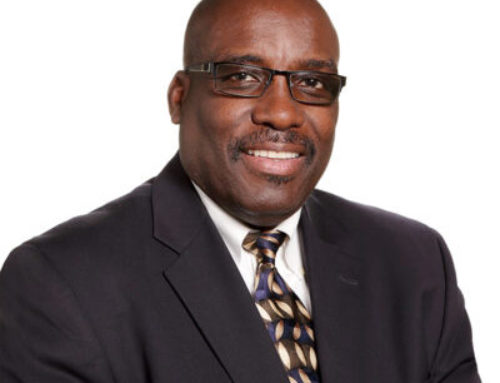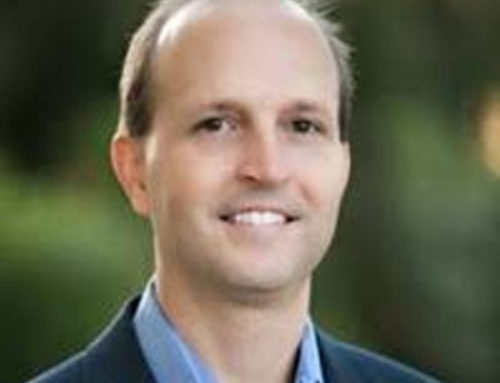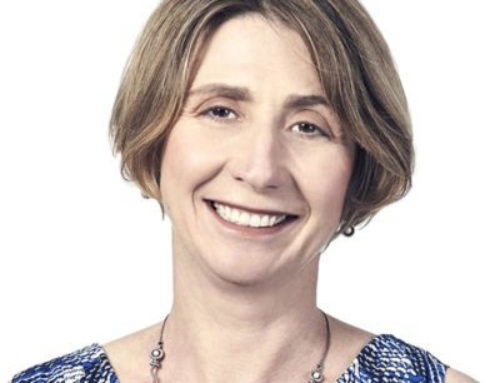 The Future Direction of Clinical Trial Technology
The Future Direction of Clinical Trial Technology
An Interview with Anmol Grover, Senior Consultant at Halloran Consulting Group, Inc.
Strategikon: What will planning clinical trials be like in 10 years and what role can technology play to make improvements?
AG: Technology will be increasingly important in clinical trials. With COVID we’ve already seen trials move towards virtual solutions where you can monitor patients at home using devices such as smart watches or other connected instruments. At a conference several years ago I saw monitors being used to observe patients with Parkinson’s disease. They used them to track the patients’ gait and their body movements, at home, for clinical trial observation purposes. Now we see technology much more prevalent in other disease areas as well. You see it with diabetes and with eye disorders allowing researchers to collect data in these types of clinical trials virtually. So that’s one way that technology will play an important role.
From the perspective of planning, there is a tendency for clinical trials to become more expensive. More biomarkers and more patient-reported quality assessments will be incorporated. These advancements will make trials more comprehensive overall, but also more complex. So more effort will be necessary around planning. Really, we are already there because bringing a drug into the clinical trial phases is so expensive and regulatory agencies ever more cautious. Bringing rigor to planning and the strategy is where Clinical Maestro can really help, because you can strategically design your assumptions and get more granular into your design early. It improves gap assessment and risk assessment by facilitating scenario generation and comparison so you can weigh the benefits of different strategies and tactics that you could be using your clinical trials. In summary, I see a lot more up front designing, more exhaustive end points like patient-reported outcomes and a lot more use of technology.
Strategikon: When Clinical Operations wants to improve budgeting and forecasting processes what aspects should be looked at first and why?
AG: From the forecasting perspective, it’s very important to get your assumptions right up front. Having your assumptions well validated early on with a clear idea of what your clinical operations will look like is absolutely essential. You can get into a lot of detail… and you should! How long does it take to get a protocol approved? How long does it take to get an IRB approved? How long does it take for your sites to get activated? How quickly can you enroll patients? What are the optimal timelines for these activations? These assumptions are really, really important. And where are you getting these assumptions? From benchmarking studies that you’ve done? From real data from your prior studies or from other sponsors? Or are you getting those numbers from principal investigators who have run trials in the same specific therapeutic area or a CRO? I recommend getting as many benchmarks as you possibly can and triangulating the assumptions from all possible sources.
I see a lot of companies try to show that they can quickly get to a proof of concept and get their studies started. I understand why companies want to do this, but what they forget in the process is that a lot of things get delayed. That delay factor – that error that requires 20% more time than what you have in your plan – that needs to be better accounted for. You have to be fast plus you have to be effective, but you don’t have to be ‘the fastest’. You need to do lot of simulations. There are software applications, like Clinical Maestro and others, to help you do so or you can make your own Excel spreadsheets. Which one will help you do this faster? To see when your sites would kick in. When your patients will start enrolling. When will the last patient enroll? When will you have a complete study report? When will you will lock the study database? All of these assumptions need to be well validated and based on real data. That’s how you can improve your budgeting and forecasting. Put a lot of analytical effort behind these assumptions and use your simulations to help you optimize study operations. That’s what I believe will help sponsors budget and forecast better.
Strategikon: When you see people doing these activities today how do they typically approach this problem?
AG: Microsoft Project is a good tool for companies to plan the nuances of study logistics and understand impacts of connected tasks and dependencies. Make no mistake, it’s a cumbersome process and it’s difficult to navigate. Also the tool is not specific to the clinical trials industry. As a result many smaller companies end up ballparking their assumptions. “It might take me six months to get the protocol approved.” “It might take me this long to get the sites up and running.” Clinical Maestro helps you overcome that part through built-in standard tasks and dependencies so you don’t need to re-create the wheel. It seamlessly puts in your assumptions, documents them and draws from industry intelligence specific to clinical trials for things such as regulatory timelines. So you can see how your patients get in and out of the study, how your sites are getting activated and when the database will get locked (or not). Sure there are other software that can help you, but having that simulation and having that visual aspect where you can see how your assumptions are running and see a graphical representation of how the patients and the sites are functioning really helps a lot. Of course it helps you design your budget better as well.
Strategikon: Some Clinical Maestro clients used to rely on CRO bids to help them to define their assumptions. One of the benefits they’ve seen is the third party benchmarks that come with the product. It gives them a target to shoot for — a tool to help them guide the budgeting and forecasting process and clarify their assumptions.
AG: I totally agree and I at the same time don’t want to undervalue CROs. They are often the people who’ll end up running your trials. Clinical Maestro makes it easier to compare your assumptions with a CRO’s and integrate those assumptions. In Maestro, you can not only see the difference in the budgets, but also the underlying reasons to drive negotiation. The higher benefit with something like Maestro is that once you’ve created your baseline using your own assumptions, you can quickly make a best case and worst case scenario. Or any scenario in between. You can figure out the most likely scenario based on your margin of error. What happens if things run better or worse than you expect them to? I need to understand the gaps and the risks I have. For that, Maestro is extremely helpful. CRO’s typically don’t help you understand what your error bars are. That’s the kind of homework that the sponsor has to do on their own. For that having a simulation software helps you to internally position the risks and the alternatives to make an informed choice.
Strategikon: What are the biggest risks of not doing adequate pre-planning? How bad can it be if I just rely on a CRO?
AG: I’ve seen many cases of preplanning where sponsors were not getting help from the CRO or the principal investigators to define the inputs and the resulting study ends up not well-designed. To adjust, they had make amendments and changes. And that takes money. Like when you haven’t determined exactly how your sites will get activated or how long it will take you to enroll the number of patients. For example lung cancer: there are so many trials competing for patients that it’s hard to enroll. That can delay every subsequent step in the process – all the forecasting for the trial and the marketing beyond is now in jeopardy. Benchmarking and validating your early assumptions for the clinical trial will lead you into a better position later on.
Strategikon: What do you see as the biggest opportunity for improving planning and sourcing for clinical trials? Will technology or a process changes better address these issues?
AG: Again, I don’t think I can overemphasize the importance of planning. More stakeholders and better tools will only help you better visualize what the next couple of years will look like for your clinical trial. I recommend incorporating as much information as you can process in the preplanning stage. We work with a lot of small and medium-sized sponsors – when you’re planning a clinical trial the critical decision is often “What should we do in-house versus what shall we outsource?” A lot of companies want to keep their costs low and try to do everything virtually. Other companies just want to keep the data in-house to understand it better. Incorporating that vision – where do you sit regarding distributing the work to a third-party vendor versus what you want to keep inside – is fundamental to planning. Plan as much as you can so you can see where you might do some cost reduction.
What is really beautiful is that tools such as Clinical Maestro help sponsors organize all the complexity into a seamless process. There are often a lot of services offered under one umbrella that could help you. It might be EDC or planning for your safety reports or the submission of the safety reports. Software like Maestro and others can help you better design and then run your studies. From a technology perspective, the closer we get to AI and the more we use analytical frameworks for decision-making, the easier it will become. Capturing the data, activating the sites, analyzing the data, seeing the outliers – all of these tasks will become easier and the human error will be reduced.
About the Expert
Anmol is a Senior Consultant with the Halloran Consulting Group. He combines a background in biomedical research with commercial strategy expertise in roles as diverse as: strategic and brand planning, design and management of complete market research initiatives, business information and competitive intelligence, and the development of strategies and goals that drive forecasting and corporate strategy. Anmol was previously a Life Sciences Consultant with Putnam Associates and holds a Ph.D. degree in Biophysics and Cellular Biology from Carnegie Mellon University.




